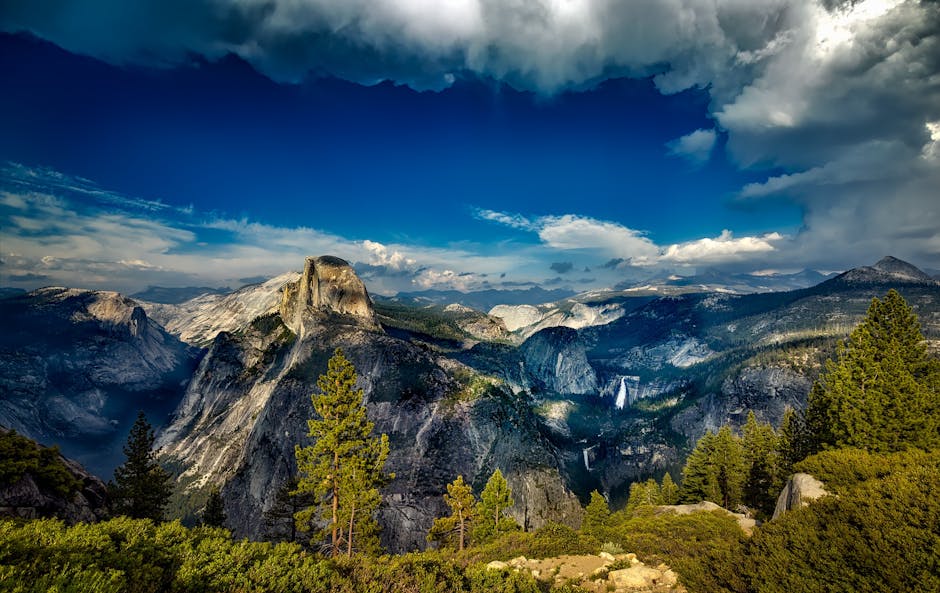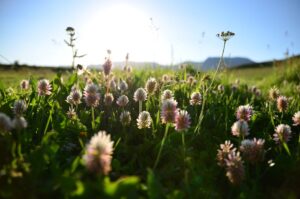While most visitors flock to Yosemite’s iconic attractions, there’s a whole hidden side to this magnificent national park waiting to be explored. Beyond the crowded viewpoints of Half Dome and El Capitan lies a world of secret trails and epic views that offer equally breathtaking experiences without the crowds.
This 4-day itinerary will guide you through Yosemite’s lesser-known treasures, from serene waterfalls to panoramic vistas that many visitors never discover.
You don’t need to follow the typical tourist path to experience Yosemite’s magic. Places like Sentinel Dome, Hetch Hetchy Waterfalls, and Olmsted Point offer incredible natural beauty without the long lines of cars and camera-wielding crowds.
This journey will take you from hidden valley trails to spectacular viewpoints that showcase the park’s diversity while allowing you to connect more deeply with nature.
Whether you’re camping under the stars or staying in nearby accommodations, this 4-day adventure provides the perfect balance of hiking, sightseeing, and relaxation. You’ll discover why locals and seasoned travelers prefer these quieter corners of Yosemite, where the pristine wilderness speaks for itself and memories are made away from the well-worn tourist track.
Want a cheat sheet? Skip to the end for a summary of Yosemite’s best-kept secrets!
Planning Your Journey
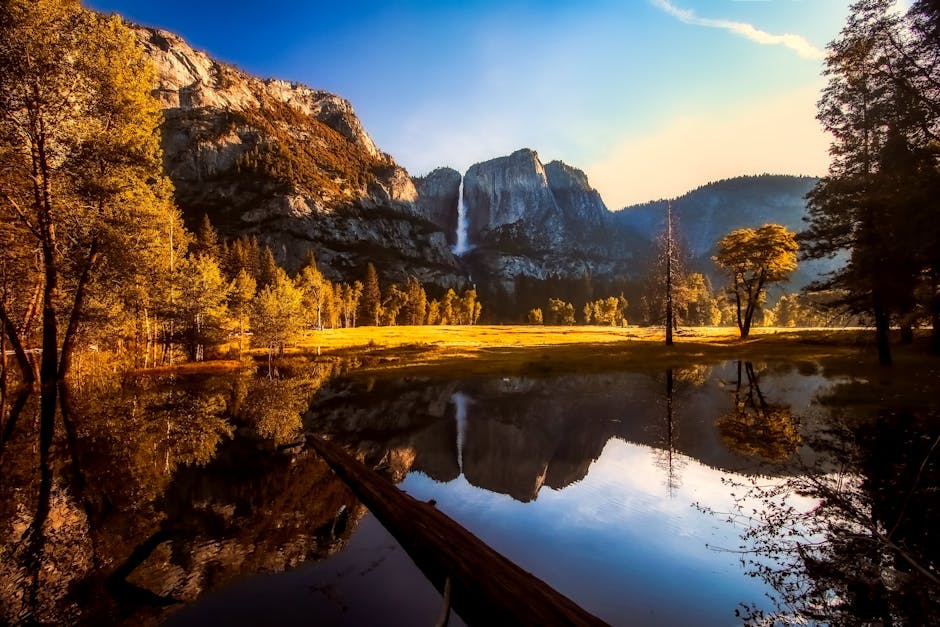
Preparing for Yosemite’s hidden gems requires thoughtful planning to ensure you experience the park’s magic without crowds.
Your preparation will significantly impact how much you enjoy these lesser-known treasures.
Best Time to Visit
Spring (April-May) offers spectacular waterfall views with Bridalveil and Yosemite Falls at peak flow. The meadows bloom with wildflowers, creating stunning photo opportunities.
Fall (September-October) brings golden aspen trees and fewer crowds after summer vacationers depart. The weather remains pleasant for hiking with temperatures between 50-75°F.
Avoid summer (June-August) when possible, as this is peak tourist season. If summer is your only option, plan to explore hidden gems and less traveled trails.
Winter (November-March) transforms Yosemite into a quiet wonderland. Many roads close, but Yosemite Valley remains accessible. Pack chains for your vehicle and proper winter gear.
Getting to Yosemite
Fly into Fresno Yosemite International Airport (80 miles south) or San Francisco International Airport (195 miles west) if coming from farther away.
Renting a car provides the most flexibility for exploring off-the-beaten-path locations. Reserve your vehicle well in advance, especially during peak seasons.
Public transportation options include:
- YARTS (Yosemite Area Regional Transportation System) buses from surrounding towns
- Amtrak train service to Merced, then connecting bus service
Park entrance fees are $35 per vehicle (valid for 7 days) or consider the $80 America the Beautiful annual pass if visiting multiple national parks.
Essential Packing List
Clothing:
- Layerable clothing (temperatures vary significantly)
- Waterproof jacket
- Sturdy hiking boots (broken in before your trip)
- Hat and sunglasses
- Extra socks
Equipment:
- Daypack with hydration system (2-3 liter capacity)
- Headlamp or flashlight
- Hiking gear appropriate for your planned trails
- Binoculars for wildlife viewing
- Paper maps (cell service is unreliable)
Don’t forget sun protection (SPF 30+ sunscreen), insect repellent, and a basic first aid kit.
Bring a reusable water bottle and snacks for trail days.
Camera equipment is essential for capturing Yosemite’s breathtaking vistas, but keep it lightweight for those longer hikes to secret viewpoints.
Day 1: The Undiscovered Eastern Canyons
Begin your Yosemite adventure by exploring the less-visited eastern boundary, where dramatic landscapes and solitude await those willing to venture beyond the main valley.
Sunrise at Mono Lake
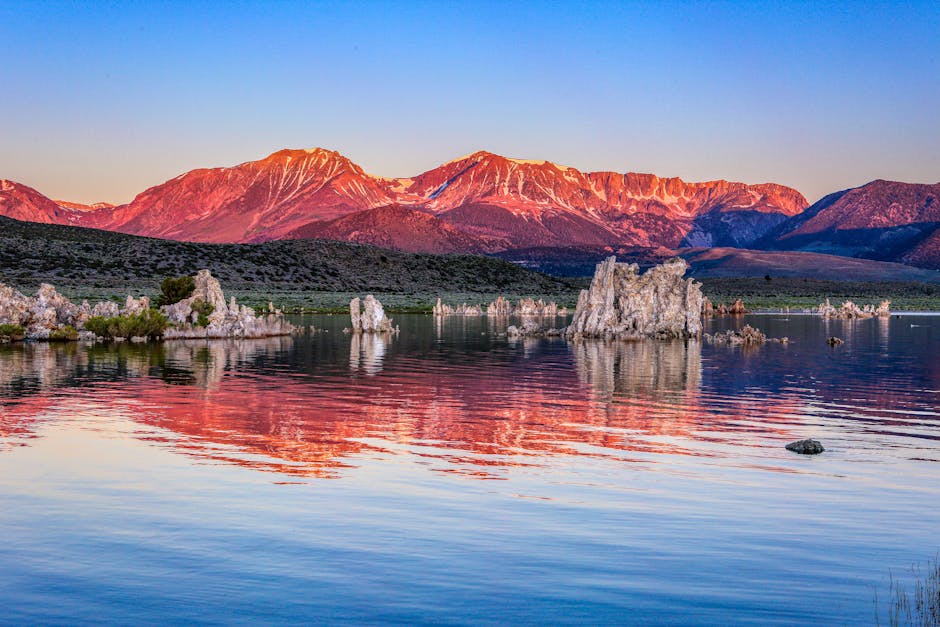
Start your day early with a breathtaking sunrise at Mono Lake, located just 13 miles east of Yosemite’s Tioga Pass entrance.
Arrive by 5:30 AM to witness the first light illuminating the unusual tufa towers—limestone formations that rise from the water’s surface.
The otherworldly landscape offers incredible photo opportunities unlike anything else in the Yosemite region. Bring a tripod for the best shots.
Walk the short South Tufa Trail (1 mile) to get close to these geological wonders. The morning light creates stunning reflections on the lake’s surface.
Birds are especially active at dawn, with over 300 species visiting throughout the year. Look for osprey, grebes, and gulls feeding in the mineral-rich waters.
Hiking the Secluded Trails
After breakfast, head to the Lundy Canyon Trail, one of the eastern Sierra’s hidden gems.
This 5.5-mile round-trip hike showcases cascading waterfalls, aspen groves, and wildflower meadows with minimal crowds.
The trail follows Mill Creek as it tumbles down the canyon. Several small waterfalls make perfect rest stops along the way.
Keep your eyes open for wildlife—black bears, mule deer, and golden eagles frequently appear in this less-traveled area. Bring binoculars for better viewing.
Pack plenty of water and snacks as facilities are limited in this remote area. The trail gains about 1,000 feet in elevation but remains moderate for most hikers.
Stargazing at Tioga Pass (Tioga Pass Road is often closed due to snow from late fall through early summer, so be sure to check current conditions – this part of the Day 1 journey may not be possible depending on when you visit)
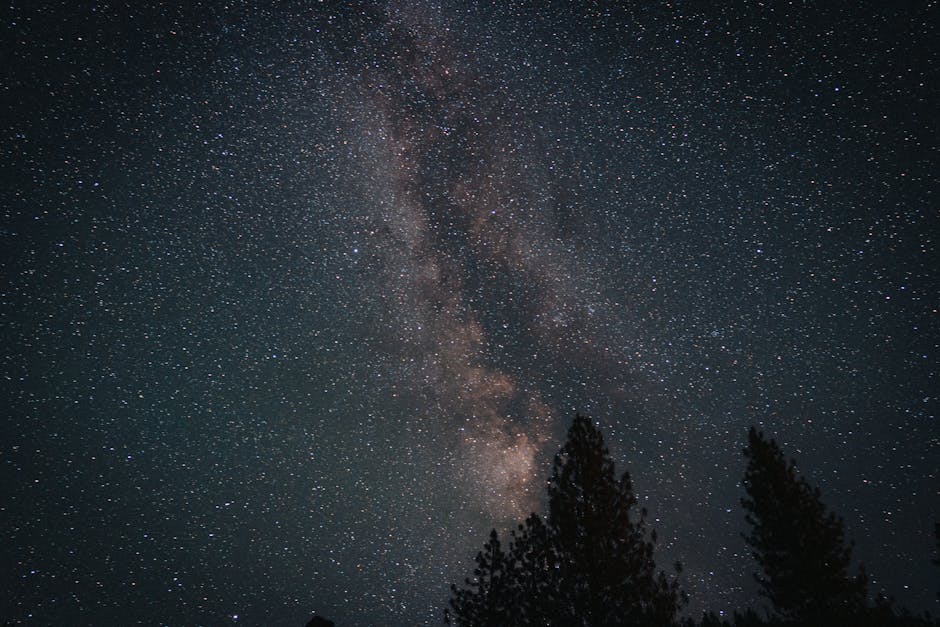
As evening approaches, make your way to Olmsted Point near Tioga Pass (9,943 feet elevation).
This vantage point offers unobstructed views of the night sky without the light pollution found in more developed areas.
Arrive about 30 minutes before sunset to claim a good spot among the granite domes. Bring warm clothes as temperatures drop quickly at this elevation, even in summer.
You’ll have excellent views of the Milky Way from this location. The best stargazing happens between 10 PM and 2 AM when the sky is darkest.
Consider downloading a star-mapping app before your trip, as cell service is limited. This helps identify constellations, planets, and other celestial features visible in Yosemite’s remarkably dark skies.
Day 2: Hidden Waterfalls and Serene Lakes
Your second day takes you away from the crowds to discover breathtaking waterfalls and peaceful alpine lakes that many visitors miss. These natural treasures offer both adventure and tranquility.
Adventures in Wapama Falls
Wapama Falls in the Hetch Hetchy area offers a stunning alternative to the more crowded Yosemite Valley waterfalls.
This 5.5-mile round trip hike takes you along the shores of the Hetch Hetchy Reservoir.
Start early to beat the heat, as shade is limited on this trail. The path is relatively flat with some rocky sections, making it suitable for most fitness levels.
In spring, Wapama Falls roars impressively, sometimes sending spray across the footbridges. You might get wet! Bring a waterproof layer if visiting during peak flow.
Photography tip: Morning light illuminates the falls beautifully, so have your camera ready.
Picnic at Ellery Lake
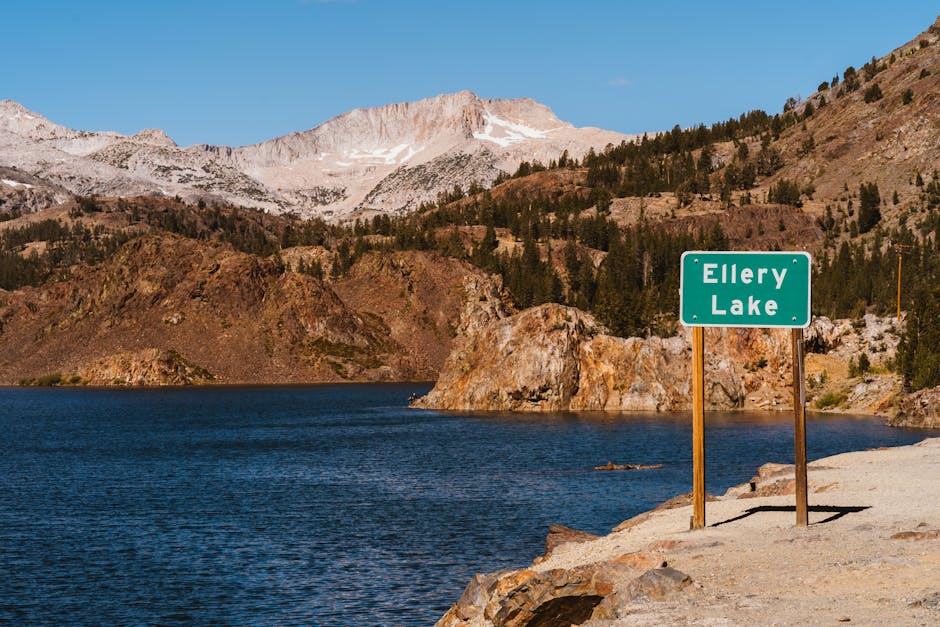
After your morning hike, drive to Ellery Lake for a peaceful afternoon.
This small alpine lake sits at 9,500 feet elevation near Tioga Pass, offering cooler temperatures and stunning mountain views.
Pack a picnic lunch to enjoy by the shoreline. Several flat rocks provide perfect natural seating with views of the water and surrounding peaks.
Fishing is permitted with a California fishing license. Rainbow and brown trout are common catches here.
Take a short walk around the lake (about 1 mile) to stretch your legs after lunch. The trail is easy and offers different vantage points of the crystal-clear water.
In summer, brave visitors might enjoy a quick dip, though the water remains quite cold even in July and August.
Day 3: Secret Sequoia Groves
Yosemite’s ancient sequoia groves offer a peaceful escape from busier park areas while showcasing some of Earth’s most massive living organisms. These towering giants create an almost magical atmosphere as sunlight filters through their branches.
Giant Sequoias at Mariposa Grove

Mariposa Grove houses over 500 mature giant sequoias and provides the most extensive sequoia experience in Yosemite. The Majestic Mountain Loop includes this remarkable area in its comprehensive itinerary.
You’ll want to arrive early (before 9am) to secure parking and enjoy cooler temperatures.
The Grizzly Giant Loop Trail (2 miles) offers the perfect introduction, taking you past the famous Bachelor and Three Graces trees.
Don’t miss the Grizzly Giant itself—one of the world’s largest trees at nearly 1,800 years old. Its massive lower branch alone is larger than the trunks of most trees!
For a more secluded experience, continue beyond the main attractions to the upper grove. Here you’ll find the Fallen Monarch and the Wawona Tunnel Tree with far fewer visitors around.
Exploring Tuolumne Grove
The Tuolumne Grove offers a more intimate sequoia experience with fewer crowds than Mariposa.
This compact grove contains about two dozen mature sequoias accessed via a moderate one-mile downhill hike from the parking area.
The trail drops 400 feet in elevation, which means you’ll have a steady uphill climb on your return. Pack water and take your time, especially since you’re at higher elevation.
The highlight here is the Dead Giant Tunnel Tree, which you can walk through. Unlike many tunnel trees created by humans, this one fell naturally and was later modified.
For the best photos, visit mid-morning when sunlight slants through the forest canopy. The quiet atmosphere lets you truly appreciate these ancient giants without the distraction of crowds common at less traveled places in Yosemite.
Day 4: Uncharted Wilderness and Breathtaking Views
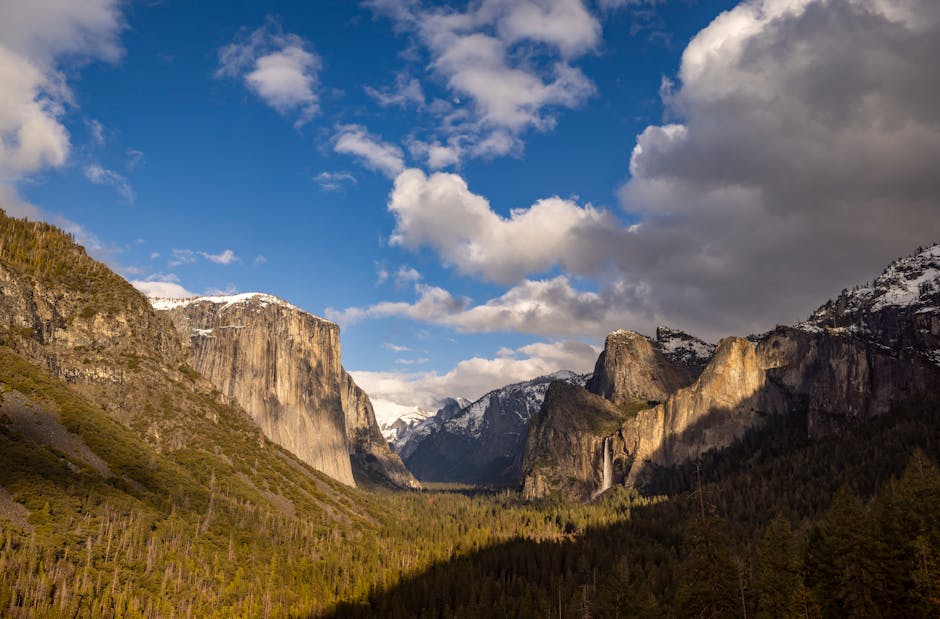
Your final day in Yosemite offers a perfect blend of remote wilderness exploration and iconic panoramic vistas that few visitors experience. These secluded locations showcase Yosemite’s natural beauty away from the crowds.
The Remote Trails of Hetch Hetchy
Hetch Hetchy is Yosemite’s hidden treasure, often overlooked by most visitors. This remote valley with its impressive reservoir offers peaceful hiking trails with significantly fewer crowds than Yosemite Valley.
Start your morning with the Wapama Falls trail, a 5-mile round trip hike that takes you across footbridges where you might get sprayed by the powerful falls during spring.
The trail offers stunning views of the reservoir and surrounding cliffs.
For a shorter option, try the 2.5-mile Lookout Point trail that provides sweeping vistas of the Hetch Hetchy area. Pack a picnic lunch to enjoy by the water’s edge.
Wildlife spotting opportunity: Bring binoculars to spot eagles, deer, and other wildlife that thrive in this quieter section of the park.
Sunset at Glacier Point Lookout
End your Yosemite adventure with an unforgettable sunset at Glacier Point, where panoramic views of Half Dome, Yosemite Valley, and Yosemite Falls await.
Arrive about an hour before sunset to secure a good viewing spot.
The viewpoint is a short walk from the parking area, making it accessible for all visitors.
As the sun sets, watch as the valley is bathed in golden light and the granite formations change color.
Bring warm layers as temperatures drop quickly after sunset.
A headlamp or flashlight is essential for your return to the parking lot.
This spectacular finale provides the perfect ending to your 4-day Yosemite exploration, leaving you with memories that will last a lifetime.
Where Yosemite Whispers: Final Reflections on the Hidden Journey
Yosemite’s hidden gems offer an unparalleled opportunity to connect with nature in its purest form, away from the crowds. Whether you’re hiking along secluded trails, marveling at ancient sequoias, or stargazing under a vast, unpolluted sky, these quiet corners of the park allow you to experience its magic on a deeper level. With this 4-day itinerary, you can escape the typical tourist paths and immerse yourself in the serenity and awe of Yosemite’s untouched wilderness. So, pack your gear, plan your trip, and get ready to discover a side of Yosemite that will leave you with memories to last a lifetime. Happy adventuring!
Yosemite’s 4 Hidden Gems: Quick Itinerary Summary
This quick-reference summary highlights the best hidden gems from each day of your Yosemite adventure. Whether you’re planning your trip or just need a handy cheat sheet, these bullet points give you a snapshot of the top trails, views, and peaceful spots to explore—far from the usual crowds. Plus, you’ll find a map of key locations and driving times between stops/estimated travel distances between key spots to make your journey smooth, scenic, and unforgettable.
Suggested Route Overview (Day by Day)
1. Day 1: Mono Lake → Lundy Canyon → Olmsted Point (Stargazing)
2. Day 2: Wapama Falls → Ellery Lake (Picnic & Relax)
3. Day 3: Mariposa Grove → Tuolumne Grove
4. Day 4: Return to Hetch Hetchy → Glacier Point for sunset
Day 1: The Undiscovered Eastern Canyons
- Sunrise at Mono Lake – View surreal tufa towers and vibrant reflections.
- Hike Lundy Canyon – 5.5-mile scenic trail with waterfalls, wildflowers, and wildlife.
- Stargazing at Olmsted Point – Panoramic granite views and dark skies perfect for Milky Way spotting.
Day 2: Hidden Waterfalls & Serene Lakes
- Wapama Falls (Hetch Hetchy) – 5.5-mile trail along a peaceful reservoir, roaring spring waterfalls.
- Picnic at Ellery Lake – Quiet alpine lake for lunch, fishing, short walks, and icy dips.
Day 3: Secret Sequoia Groves
- Mariposa Grove – Iconic Grizzly Giant, Fallen Monarch, and quieter Upper Grove paths.
- Tuolumne Grove – Smaller, less crowded grove with walk-through Dead Giant Tunnel Tree.
Day 4: Uncharted Wilderness & Epic Views
- More Hetch Hetchy Exploration – Wapama Falls or Lookout Point for epic valley views.
- Sunset at Glacier Point – Iconic overlook with breathtaking golden-hour panoramas.
Map of Yosemite’s Hidden Gems

Mileage & Magic: Drive Times Between Yosemite’s Hidden Gems
Curious about the distances? Let’s break down the **estimated drive times** between each stop on your 4-day Yosemite hidden gems adventure. These are approximate and based on typical conditions—always check for seasonal road closures (especially Tioga and Glacier Point Roads) and park alerts.
Day 1: The Undiscovered Eastern Canyons
– Mono Lake → Lundy Canyon Trailhead: ~20 minutes (11 miles via US-395 N & Lundy Lake Rd)
– Lundy Canyon → Olmsted Point (via Tioga Pass Entrance):** ~1 hour 30 minutes (52 miles via Hwy 120/Tioga Road)
—
Day 2: Hidden Waterfalls & Serene Lakes
– Olmsted Point → Wapama Falls Trailhead (Hetch Hetchy): ~2 hours 30 minutes (78 miles via Hwy 120 & Evergreen Rd)
– Wapama Falls → Ellery Lake: ~2 hours 15 minutes (77 miles via Hwy 120/Tioga Pass)
—
Day 3: Secret Sequoia Groves
– Ellery Lake → Mariposa Grove Welcome Plaza: ~3 hours 30 minutes (113 miles via Hwy 120 → Hwy 41 South)
– Mariposa Grove → Tuolumne Grove: ~1 hour 30 minutes (50 miles via Wawona Rd & Big Oak Flat Rd)
—
Day 4: Uncharted Wilderness & Epic Views
– Tuolumne Grove → Hetch Hetchy Entrance Station: ~1 hour (30 miles via Evergreen Rd)
– Hetch Hetchy → Glacier Point Lookout: ~2 hours 15 minutes (65 miles via Big Oak Flat Rd, Wawona Rd, & Glacier Point Rd)

